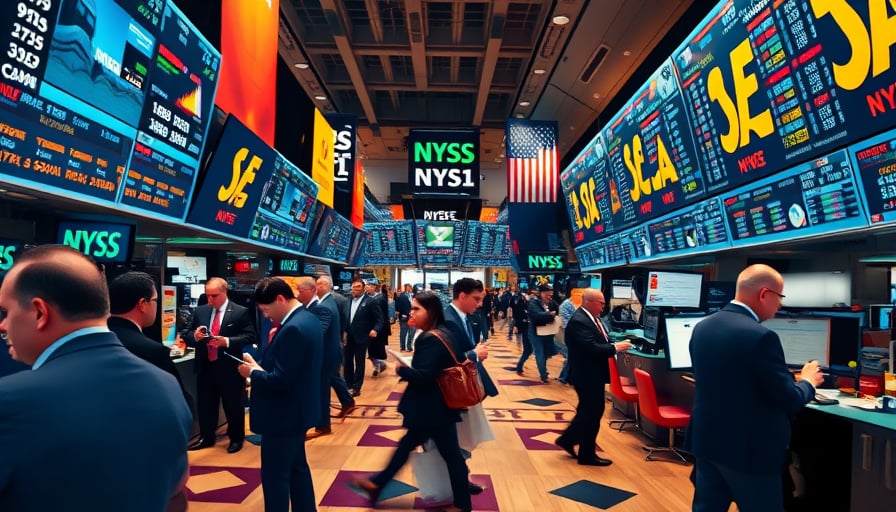MSCI World Index: Momentum, ETF Activity, and Global Context
The MSCI World index closed at 4,345.8 on 19 October 2025, trading within a narrow range of its 52‑week high (4,357) and far above its 52‑week low (3,155.7). This placement signals sustained upward pressure and a bullish bias that is reflected across the world‑exposure products that track the benchmark.
ETF NAV Updates and Sector Allocation
Amundi continues to issue daily net asset value (NAV) updates for its MSCI World‑focused products. On 21 October, the firm released NAVs for:
- Amundi MSCI World Health Care UCITS ETF (USD Acc) – tracking the health‑care sub‑segment of the MSCI World basket.
- Amundi MSCI World Swap II UCITS ETF Dist – a derivative‑based vehicle providing leveraged exposure to the index.
- Amundi MSCI World Financials UCITS ETF (USD Acc) – focused on the financials sector.
These announcements demonstrate ongoing liquidity and investor interest in both core and sector‑specific allocations. The presence of both accrual and distribution variants allows investors to choose between tax‑efficient structures and dividend‑yielding alternatives.
Performance Drivers and Emerging Themes
A recent article from Finanznachrichten.de highlighted a +50 % gain for an Asian ETF that is heavily weighted toward the MSCI World index. The piece traced Vietnam’s rise from a low‑income economy to a high‑tech supply‑chain hub, noting that the single German ETF that tracks the MSCI World provides indirect exposure to this growth narrative. This underscores how global structural shifts—particularly in the Asia‑Pacific—are now reverberating through the MSCI World benchmark.
The Boerse‑Express report titled “iShares MSCI World ETF: Rekordjagd!” reinforces this narrative. It describes an exceptionally robust upward trend in global equities that has driven the iShares MSCI World ETF (URTH) toward historic highs. Rising earnings expectations and accommodative stances from major central banks have created a near‑ideal environment for international equity investors. The article also points to the growing importance of “high‑growth” themes, which are increasingly represented in the MSCI World basket.
Correlation with U.S. Market Activity
Parallel to the MSCI World rally, the U.S. markets have shown a positive trajectory. The Edgemalaysia.com and Analytics Insight reports indicate that the S&P 500 climbed 1 % and 0.5 % respectively on 20 October, propelled by solid corporate earnings and a cooling of U.S.–China tensions. The Dow and Nasdaq also posted modest gains, suggesting a broader market consensus that the global equity environment remains supportive of MSCI World‑type exposure.
These domestic market movements dovetail with the MSCI World trend, reflecting the index’s significant U.S. weighting. A robust U.S. earnings season translates into higher valuations for U.S. constituents, thereby lifting the overall index.
Implications for Investors
- Momentum Persistence – With the index firmly near its 52‑week high, traders and long‑term investors alike are watching for potential continuation or pullback signals.
- Sector Allocation Choices – The availability of sector‑specific ETFs (health‑care, financials) provides tactical options for those looking to overweight or underweight particular segments within the MSCI World framework.
- Emerging Market Growth – The Vietnam case study illustrates how emerging‑market dynamics can influence the index, suggesting that investors should remain attentive to geopolitical and supply‑chain developments that could alter sector weightings.
- Liquidity and Management – The frequent NAV disclosures by Amundi signal healthy liquidity and active management of the MSCI World product suite, offering confidence to investors that positions can be entered or exited with minimal impact.
Forward Outlook
Given the current trajectory—high valuations, solid earnings, and accommodative monetary policy—the MSCI World index is poised to maintain its upward trajectory in the short term. However, investors should monitor for any signs of tightening monetary conditions or supply‑chain disruptions that could alter the risk profile. The interplay between global macroeconomic trends, sector performance, and ETF liquidity will remain the cornerstone of informed decision‑making for stakeholders seeking exposure to the world‑wide equity market.
